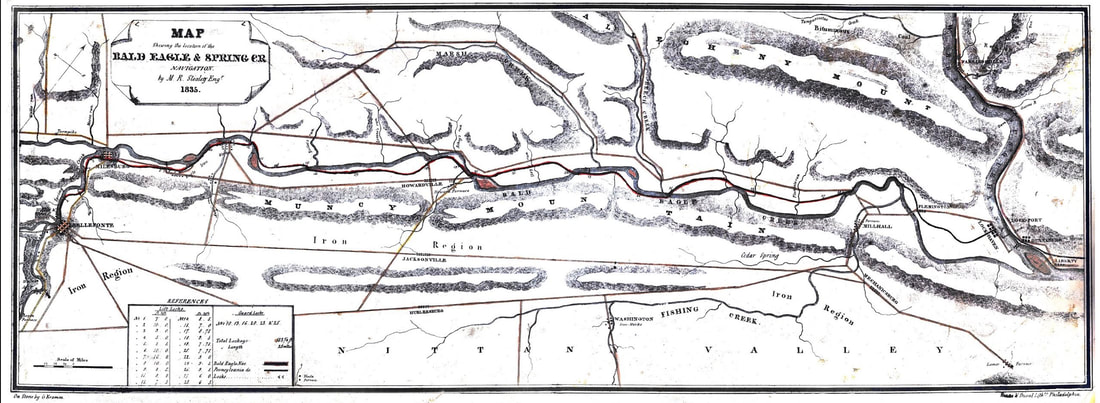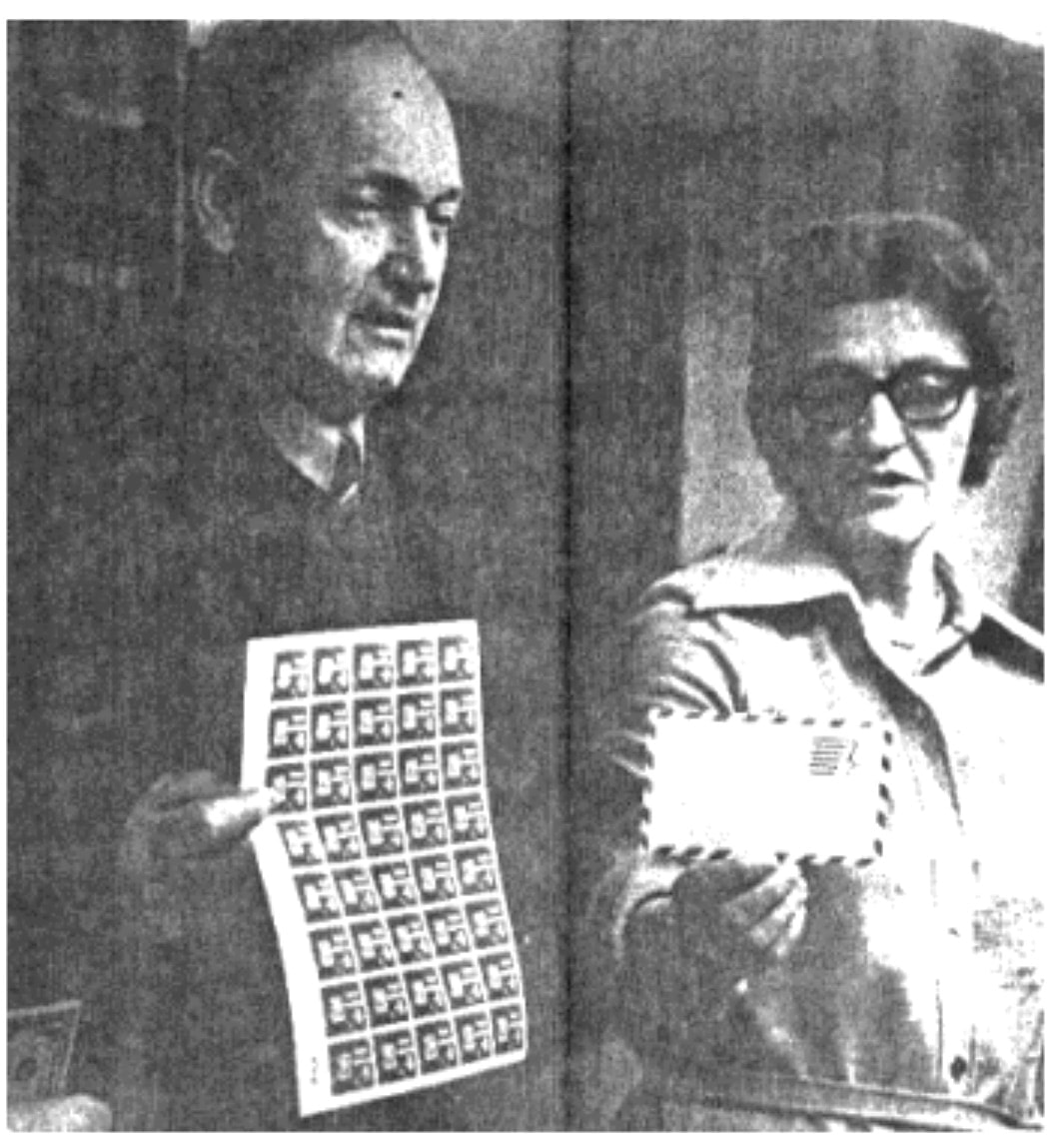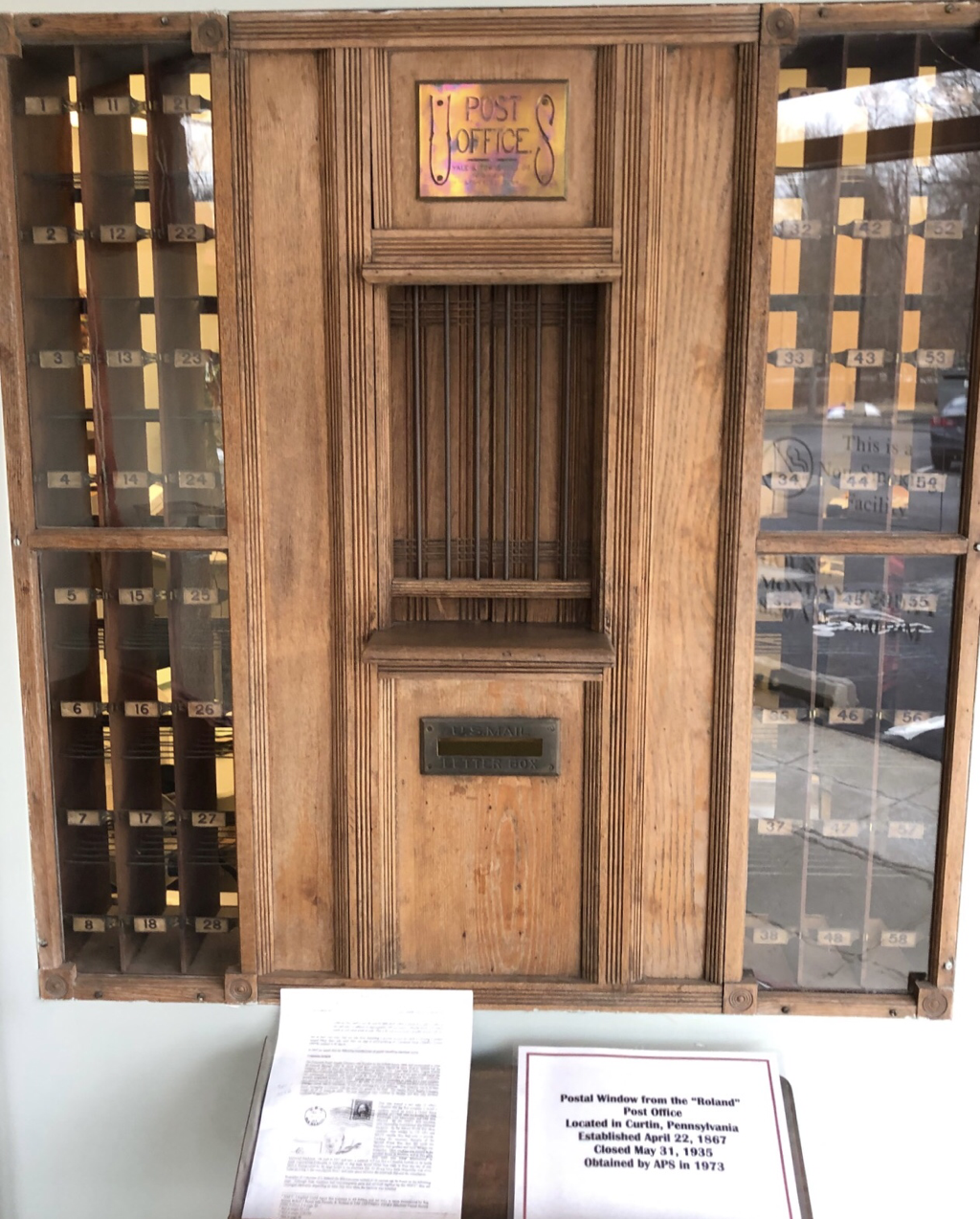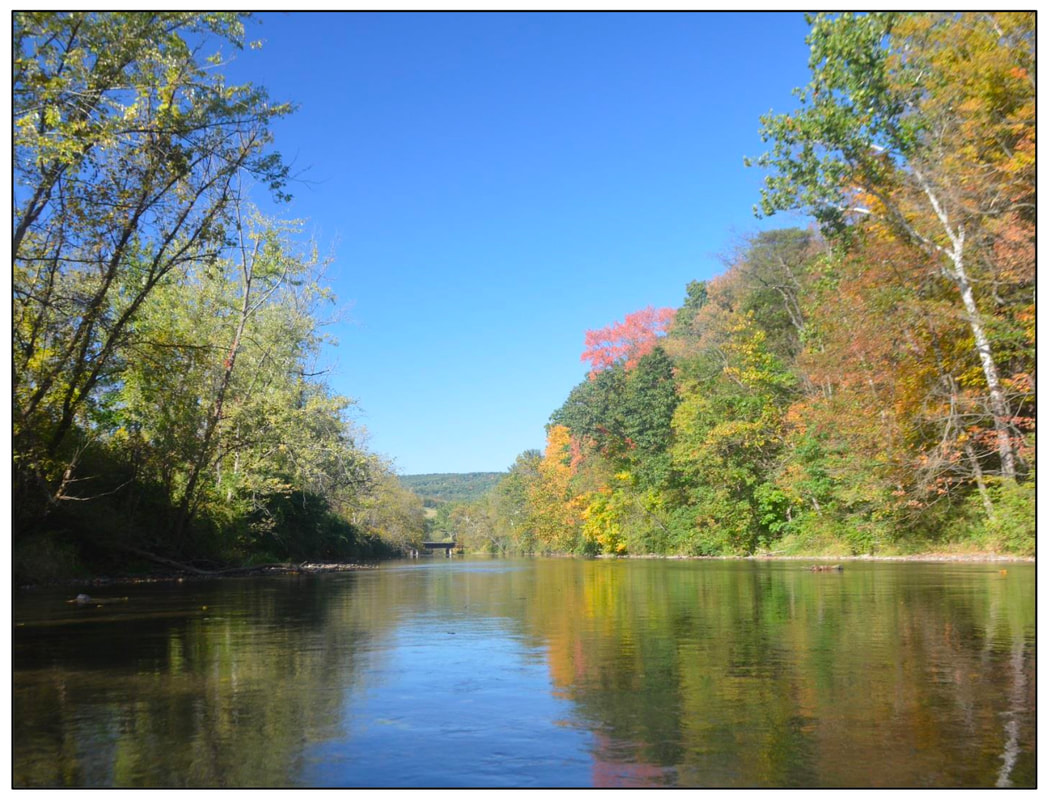|
Reliable and affordable transportation of iron to markets was always problematic and was always a key determinant to the success or failure of Roland Curtin’s enterprise (Ref 1). Initially the goods were carried overland on horses and mules or floated on flatboats (arks) via Bald Eagle Creek to the Susquehanna River. Both routes were fraught. Shipments sometimes ended up at the bottom of the river. At least one man drowned. Canals were a great improvement in transportation prior to the birth of railroads. Development of Pennsylvania’s system of canals started in earnest in 1826, soon after the Erie Canal was completed the previous year (Ref 2). The West Branch Division of the PA Canal reached Lock Haven in 1835, affording a direct route from there to the mouth of the Susquehanna as it flows into the Chesapeake Bay at Port Deposit, Maryland. Anticipating completion of this project, a group of local entrepreneurs, including Roland Curtin, organized the Bald Eagle & Spring Creek Navigation Company in 1834 (Ref 3). Their purpose was to build a canal linking Bellefonte (and Curtin) to Lock Haven. Construction of the canal was slow-going and ran into bad economic times. Manual laborers were paid 84 cents a day for 12 hours and accomplished one yard of progress per worker per day (Ref 3). The first parts of the canal, a connector from the West Branch Division Canal to Flemington (built by the State) and the section from Flemington to Howard (built by the private company), were completed in a few years. Then an economic recession hit, and the stretch from Howard to Milesburg was not completed for more than a decade. It wasn’t until 1848 that the Bellefonte spur was ready for business. When the canal was finally functional along its entire length, 100 pounds of freight could be carried from Bellefonte to Philadelphia for $1.50. The boat made the roundtrip there and back in only 10 weeks. Alas, flooding destroyed all 28 locks of the canal in 1865. A new day had arrived in any case. The Bald Eagle Valley Railroad was completed in the same year and provided an even better alternative. It took 14 years to build the canal, and it only was functional for 17 years. The shareholders lost big-time, and the Commonwealth felt the larger effects of the collapse of its entire canal system. References 1 -- Curtin, Hugh Laird cited in Baum, Jane Curtin: The Roland Curtin Family of Centre County Pennsylvania, 2002, updated 2020. 2 -- Our Documentary Heritage … Pennsylvania Canals – 1846. Pennsylvania Historical and Museum Commission Website, 2015. 3 – Brennan, Janet: Centre County Canal. Town & Gown, State College, PA, July, 1979. 4 – The First Report of the President and managers to the Legislature of Pennsylvania and the stock holders. Bald Eagle and Spring Creek Navigation Company, 1835 Digital ID: https://hdl.handle.net/2027/chi.087265445
3 Comments
What is it with the nicknames in Curtin Village? It seems like no one who ever lived in Curtin goes by the name given at birth. Just a few examples are Pickle Dukeman [maybe Miles Dukeman, the blacksmith], the beau of Elise, who was the Curtin’s maid; Soup Barger, the Curtin’s handyman; and Beany Bathurst (Ref below).
So it was, also, with the Glenns of Curtin, and later of Mt Eagle. Eleven children there were, born to Jeremiah and Rebecca Parker Glenn over a 21-year span. It is likely that some of the nicknames resulted from the attempts of toddlers to pronounce a sibling’s name. Essic (pronounced Essick), for Esther, and Mars (rhymes with farce), for Martha might fall into that category. A few were probably names of endearment: Walter Furst was Hon, short for Honey; Frances = Pedge, pronounced Pidge, maybe short for Pigeon ??? Then there are a couple of real head scratchers. It was 1917, and Grandma Rebecca was pregnant for the last time. You would think that names would be chosen before the child was born, being that you had 10 previous children and knew the uncertainty of gender. Wrong. The proud parents of a third son couldn’t decide what to name him. It so happened that Grandma’s oldest daughter, 21-year-old Helen -- never called Helen; rather, Tutz (spelled correctly) -- was doing a big share of the infant care. Tutz didn’t know what to call the baby, so she told her and her baby brother’s parents that if they didn’t name him soon, she would call him Bill. Another few days passed without a resolution, and so it was, that Paul Richard became my Uncle Bill. I don’t know how Harry Parker Glenn was reconfigured to Jack, but maybe something similar happened at the time of his birth. The tradition passed to the next generation with my dad (Hon, that is). My brother was named Gilbert Keith, but my father called him Clarence. (It probably came from the comic strip by that name.) My sister Leona Joyce was named in recognition of someone my dad had known and admired, but Leona almost never passed his lips. She was always Amy. I called her that, too, and to my children she was never anything other than Aunt Amy. Then, alas, there is me. Jerry was a name chosen to honor my dad’s dad. You would think he would have called me Jerry. No, it was Knuck, as derived from Paul Winchell’s puppet, Knucklehead Smiff. Not many are old enough to remember Paul Winchell, but he was a ventriloquist and had his own TV show in the 50’s and 60’s. His two most familiar puppets were Jerry Mahoney and a muddle-headed character named Knucklehead Smiff. My dad, forever the comedian, chose the latter’s name as my moniker. Reference: Katharine Curtin Hodges, cited in Baum, Jane Curtin: The Roland Curtin Family of Centre County, 2002, updated 2020. A little-known fact is that Eagle Iron Works employed a small number of paid African American workers long before the Civil War. The company’s time book for 1815-1828 records an entry that indicates simply, “Black man started Tuesday, September 10, worked 6 ½ days” (1). A later entry indicates that “J Brown, Negro, worked 23 days in July, 1824” (2). Records of the company store at Curtin Village documents the purchasing of goods by 12 African Americans over a three-year period, 1830-1833 (3).
Slavery did exist Pennsylvania, but was gradually abolished by an act passed in 1780. People born as slaves prior to that date could be held in slavery for their lifetime; children of slaves could be indentured servants until age 28 (4). There is no indication that the African American workers in Curtin were in either of those two categories, however, and it seems very unlikely. Their employment and purchases were recorded in the ledgers alongside other workers’ transactions. Workers at Eagle Iron Works were given free lodging, either in a boarding house or company-owned houses. Whether or not the African American workers were housed in the same accommodations as Caucasians is not recorded. 1 -- Manuscript Group 155, Curtin Iron Works Records, 1810-1941: Time Book and Miscellaneous Accounts, March 3, 1815 – September 1, 1828, p 44 cited in Hodge, R E : “Guide to African American Resources at the Pennsylvania State Archives”, Commonwealth of Pennsylvania, Pennsylvania Historical and Museum Commission, Harrisburg, 2000. 2 – Ibid p 83 3 – Manuscript Group 155, Curtin Iron Works Records, 1810-1941: Provisions Book, August 9, 1830 – April, 1833, cited in Hodge, R E : “Guide to African American Resources at the Pennsylvania State Archives”, Commonwealth of Pennsylvania, Pennsylvania Historical and Museum Commission, Harrisburg, 2000. 4 – Owens, C: Pennsylvania officially abolished slavery in 1780 … “The Philadelphia Inquirer”, Feb 27, 2019 A post office was established in 1867 to serve the community at Eagle Iron Works and Curtin Village, and it remained in operation until 1935. The original postal window from that office was presented to the American Philatelic Society in 1973 by my uncle, H. Parker Glenn (1901-1996), at a ceremony also attended by Thomazine Curtin Weinstein (1920-1998). The postal window was in a storage building at my uncle's home in Mt. Eagle, which had been the family home since 1923. In 1890, my paternal grandmother’s father, John M. Parker, became the postmaster in Roland (Curtin*), and was succeeded by Kathryn J. Parker, my great aunt. In 1902 (or 1905 -- sources vary), Jerry Glenn, my grandfather and John Parker’s son-in-law, took over. H. Laird Curtin officially assumed the title of postmaster in 1921. In 1913 my grandfather and family had moved from Curtin Village to Howard Township, outside the Curtin postal district, and as of that year the postmaster was required to reside within the postal district served by the post office he or she managed. In reality, Jerry Glenn (1874-1936) continued work as the unofficial postmaster until the post office closed in 1935. The post office had been located in the same building as the general store, which was torn down in 1967. It is possible that my uncle salvaged the post office window at the time the building was razed, but it is equally as plausible that it was moved when the post office closed or when the store was remodeled as apartments around the time of WWII. The Curtin postal window is now on permanent display in the Expertization Section of the American Philatelic Center in Bellefonte, Pennsylvania. * The post office was initially called Roland, named after Roland Curtin. The name was changed to Curtin in 1907.
Dowdy's Hole is located on the Bald Eagle Creek a short distance downstream from Eagle Iron Works and Curtin Village. It's a pleasant place to go on a hot summer day. When I was a kid in the 50's and early 60's, my dad would take me there to fish or to take a dip. Hanging from the high limb of a tree, there was a rope for swinging out over the water. My dad was born in Curtin in 1905 and learned to swim in this spot. He always warned me that it could be a treacherous place. After all, legend had it, Dowdy was an unfortunate Native American who had drowned there. These days, it is not unusual to see folks floating down the Bald Eagle Creek in canoes, kayaks, or inner tubes. It's not a white-water experience. It's more like a pleasant-Sunday-afternoon kind of a place. It's a beautiful ride and you get to see fascinating geology along the way. You'll see five distinct rock formations from the Devonian Period -- really old rocks -- formed roughly 400 million years ago, give or take 20 or 30 million years, when this region was under a tropical sea. Aaron Bierly’s beautiful photo above and the geological information was taken from Behr, Rose-Anna, 2016. A float through the Devonian -- A river guide to the geology of Bald Eagle Creek from Milesburg to Dowdy's Hole; Pennsylvania Geology Survey, 4th ser., Trail of Geology 16-117, 14 p. Here is the link to copy into your browser:
https://www.researchgate.net/publication/312054912_A_float_through_the_Devonian-A_river_guide_to_the_geology_of_Bald_Eagle_Creek_from_Milesburg_to_Dowdy%27s_Hole Before or after your ride, why not take a tour at Eagle Iron Works and Curtin Village ? Take in the history of 19th Century iron-making in Pennsylvania, and enjoy a picnic in the pavilion. My grandfather, Jerry Glenn, ran the general store at Curtin. I never knew him. He died in 1936 at age 62 . Apparently, he was a “pretty good egg”. His obituary indicates he was highly regarded in the community. Jerry (or Jeri) appears in the names of two of his grandchildren – including me. He must also have been something of a wag.
In the early 2000’s, I met a woman, then in her 80’s, who was born in Curtin and had lived there all her life. Her face lit up and her eyes looked into the past when she learned that I was descended from the Jerry Glenn she knew as a kid. She said, “You know what I remember about your grandfather? He always had this look on his face, like he was up to somethin’.” Funny thing is, my father also fit that description to a T, and I have been told the same thing, so maybe it’s genetic. But I digress from the root beer. Traditional root beer was made from sassafras or sarsaparilla and was sometimes an alcoholic beverage, made and stored in barrels. In old Curtin, after work the “boys” would sit around the general store and have a few root beers while chewing the fat. One day when this woman was about 8, the story went, she and a girlfriend decided they’d like to try what the fellas were drinking. Somehow, they managed to snitch enough from the barrel to get drunk. My grandfather apparently got such a kick out of it that he couldn’t stop laughing, tears rolling down his cheeks. Today, he would probably have been sued and possibly arrested on criminal charges, but things were different then. Once he recovered his composure sufficiently, he just loaded the little girls into his Model T and delivered the two scamps to their mothers. Niece of former PA Governor Andrew Gregg Curtin Seriously Burned at the Curtin Mansion
On December, 13th, 1914 Sarah Curtin Larimer, widow of Dr. John Furey Larimer and niece of former Pennsylvania Governor Andrew Gregg Curtin, was at the Curtin Mansion as a houseguest of her nephew, Hugh Laird Curtin (Ref 1). Aunt Sadie, as she was known, was ready for bed. As she blew out the flame of the kerosene lamp on her bedtable, the lamp exploded with great force. Furniture and a rug in the room were set ablaze, and Mrs Larimer was engulfed, her night clothes set afire. As the contemporary newspaper report indicated, “she herself became a human torch”. Mr Curtin, 32 at the time, was in his own room across the hall receiving an alcohol rub. It sounded like a gunshot to him, and he knew immediately, it was said, what had happened. Bolting from his room and encountering a horrifying scene as his aunt burst into the hallway at the same time, the young man frantically wrapped her in a throw rug to extinguish the flames. The two together then dashed back into Mrs. Larimer’s room and beat down the fire before it spread to the remainder of the house. Mrs. Larimer sustained deep burns to the right arm, as well as to the other arm and significant areas of the front and back of her trunk. Her hair was singed. In spite of the possibility that Hugh Laird Curtin had some residual, flammable rubbing alcohol on his skin or clothing, he sustained only minor burns. Dr David Dale of Bellefonte was summoned as soon as possible, although it is unknown what treatment was rendered to Mrs. Larimer. The death knell was raised immediately. Little is known about her subsequent downhill course, but she remained at the mansion and died on Dec 26 around 9 PM (Ref 2). How Did the Accident at Curtin Mansion Happen ? Kerosene (earlier known as coal oil) accidents were commonplace in those days. In Ohio in 1907, for example, losses from house fires started as a result of lamp and lantern mishaps totaled $168,000, a tidy sum at the time, and there were 17 deaths (Ref 3). Contributing causes of lamp explosions included allowing dirt to accumulate around the burner and collar of the burner, thereby not allowing heat to dissipate efficiently. Leaving the wick overtop the wick tube when the lamp was unlit was also a safety hazard. It could cause kerosene to wick upward and spill down the outside of the lamp, leading to overheating of the fuel-containing globe when relit. Users were cautioned not to blow down into the glass chimney (one should blow across the top), nor should the flame be extinguished while burning too high or too low. Failure to adhere to these rules could force the flame down into the fuel chamber and cause vaporized fuel collected above the liquid to explode. Improper fitting wicks --that is, too small for the tube size in the particular lamp -- could contribute to this danger. Finally, due to the production method, lower grade kerosene could contain highly flammable (explosive) impurities, most importantly, gasoline. It was reported that Sarah was blowing out the flame when the explosion occurred. Given that she was 67, it seems likely that this was her habit, and that other contributing factors led to the disaster. We don’t have further details about the type, age, and condition of the lamp, but fundamentally, kerosene lamps were potentially hazardous, and accidents caused many fires and serious injuries. Medical Perspective on the Severity of Sarah Curtin Larimer’s Injuries: For burn victims who are not killed immediately, the most important determinants of dying are the extent and depth of the burns; age of the victim; the presence or absence of inhalation injury. From what we know, Sadie had deep burns of her right arm and significant burns to the left arm, back, and front of her chest and abdomen. Conservatively, we could estimate a 30% body burn, but more likely 40%. She was not confined in an enclosed space for any length of time during the fire, so may not have sustained a significant inhalation injury, but this is uncertain. She was 67 years old. Using today’s risk assessment tools, she would have a predicted mortality risk of 18% to 30% – higher if there were significant inhalation injury. Over just the past 30 -40 years, however, mortality risk has decreased dramatically. Even if the injury occurred in 1980, as opposed to 1914, her risk of dying may have been 50% or more. Consequences of Burns and Absence of Effective Treatments in 1914 Burn patients who don’t die immediately encounter a remarkably complex series of challenges. Upon arrival at the hospital, due to destruction of the skin’s protection, patients are subject to hypothermia, evaporative fluid losses, electrolyte (salt) imbalance, and kidney failure. Burns cause an outpouring of chemicals that lead to dramatic changes in metabolism (the body's processing of nutrients, utilization of energy, and the balance between protein build-up and break-down) and immunity, predisposing to nutritional deficits, muscle wasting, and vulnerability to infections, as well as revving up inflammation throughout the body to a point whereby the inflammation itself is harmful. In sum, these changes require immediate administration of intravenous fluids and early nutritional support – caloric and protein requirements can be 2 to 2 ½ times more than baseline needs. Blood pressure, urine output and kidney function, lung function, and blood electrolytes (salts) are monitored and interventions are undertaken as required. In 1914 of course, at the Curtin Mansion, nothing of the sort would have been available. If the victim survives the first few days, the next great threat is infection of the burn wound, pneumonia or urinary infection. Burn wounds are fertile ground for staph and strep infection early on, and other more sinister bacteria and fungi predominate after five to seven days. Damaged and dead tissue also create the conditions for tetanus (lockjaw). Today’s care includes early surgery to remove dead and damaged tissue, along with skin grafting or coverage of wounds with artificial skin substitutes. Open wounds are covered with agents to inhibit bacterial growth. Powerful antibiotics are available to treat serious infections. A tetanus booster shot is given to people not up-to-date on their immunization. Neither antibiotics nor tetanus vaccines were available in 1914. In fact, no effective interventions would have been available, and even pain control would have been challenging. That she survived the initial hurdles makes it likely that she died of infection of the burn wounds, whole body sepsis, and failure of multiple organs, kidneys and lungs most importantly. Tetanus, known commonly as lockjaw, was a possible cause, although less likely, given there is no mention of this easily recognized affliction in the available contemporary accounts. It was a serious injury, although it is very likely she would have survived if treated today in a burn intensive care unit. References: 1. Democratic Watchman, Dec 18,1914, p 12 2. Death certificate of Sarah Curtin Larimer, Signed Dec 28, 1914 By David Dale, MD 3. Rogers, SW The coal oil or kerosene lamp. Fire and Water Engineering, (now known as Fire Engineering) Feb 3, 1909. |
Jerry GlennJerry is a retired general surgeon and a new Board Member of the Roland Curtin Foundation. He has Curtin roots extending back to 1831, through four previous generations. |




 RSS Feed
RSS Feed